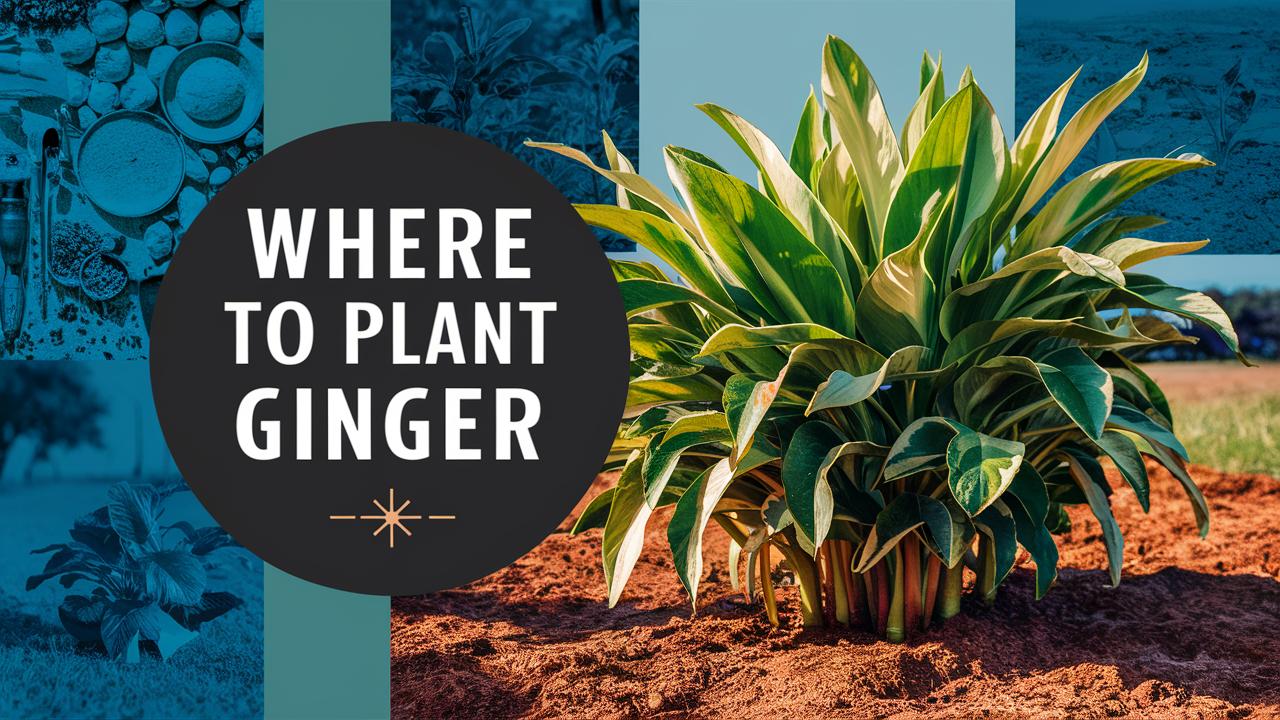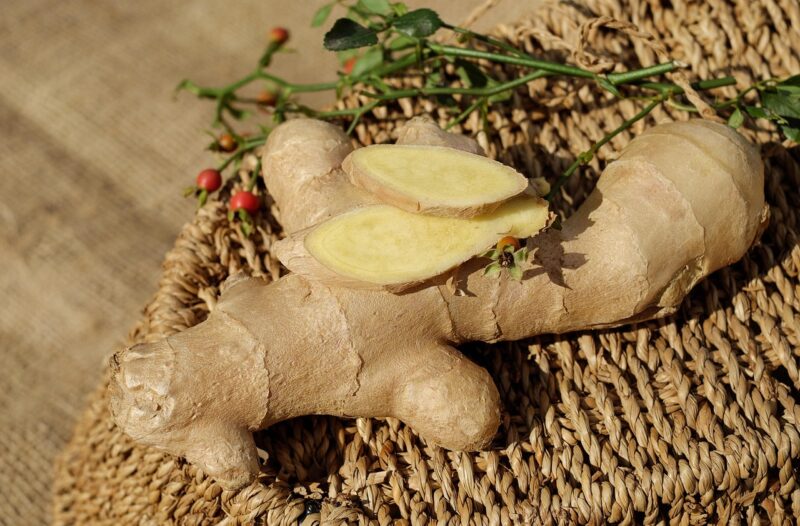In this detailed guide, we will explore the best practices for where to plant ginger, comprehensively covering location selection, soil composition, climate considerations, and care tips.
Understanding Ginger’s Ideal Growing Conditions
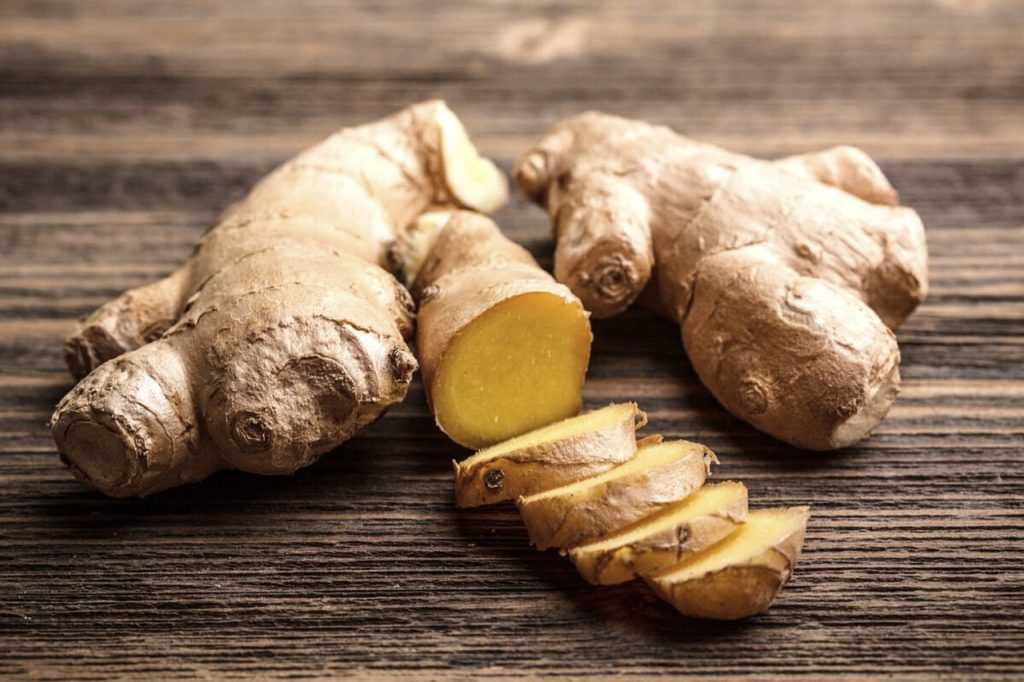
Before we dive into where to plant ginger, let’s start with a brief overview of its preferred growing conditions. Ginger thrives in warm, humid environments and requires a well-drained, nutrient-rich soil. Understanding these basic requirements can help you determine the ideal location for your ginger plants.
Climate Requirements
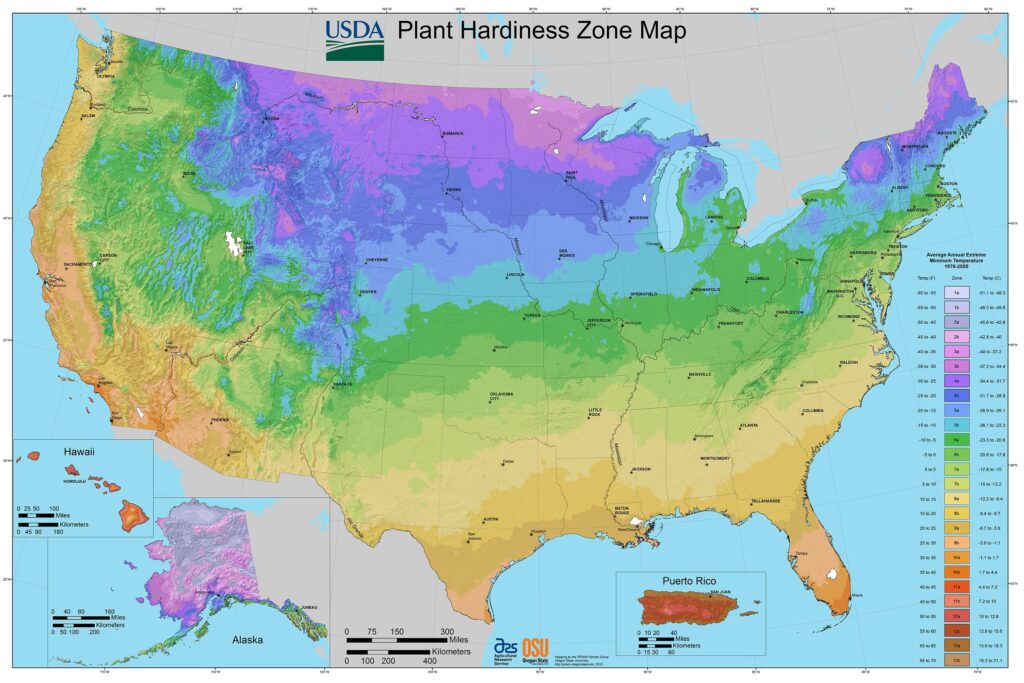
Ginger is best suited for tropical and subtropical climates, as it requires a consistently warm temperature to flourish. Ideal daytime temperatures range between 75°F to 85°F (24°C to 29°C). If you live in a region with cooler temperatures, such as the northern United States or regions with harsh winters, you may want to consider container planting so that you can bring your ginger indoors during colder months.
For optimal growth, ginger also requires sufficient rainfall or irrigation, as it needs consistent moisture but cannot tolerate standing water. A humid environment, often found in coastal areas or regions with high percentages of rainfall, is ideal.
Sunlight Needs
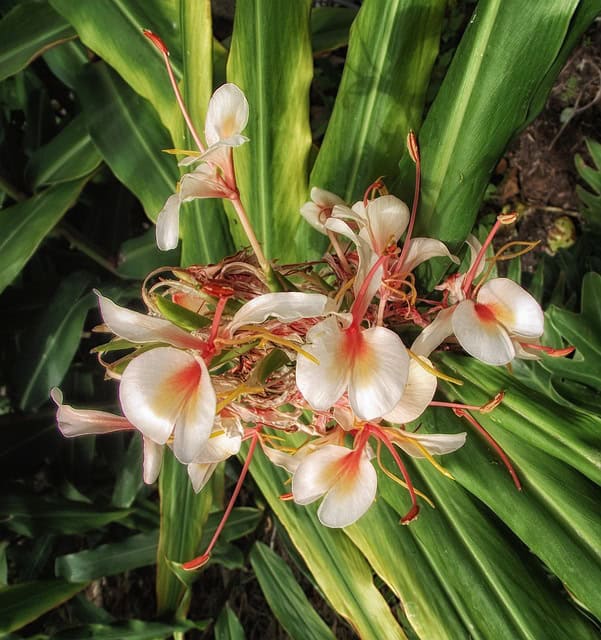
Ginger prefers partial shade to full sun. While young ginger plants can tolerate some direct sunlight, mature plants flourish best when they receive filtered sunlight or dappled shade. If planting in a hot climate, consider placing ginger in a location that receives morning sunlight but is shaded from direct afternoon sun to prevent leaf scorch.
Choosing the Perfect Location for Planting Ginger
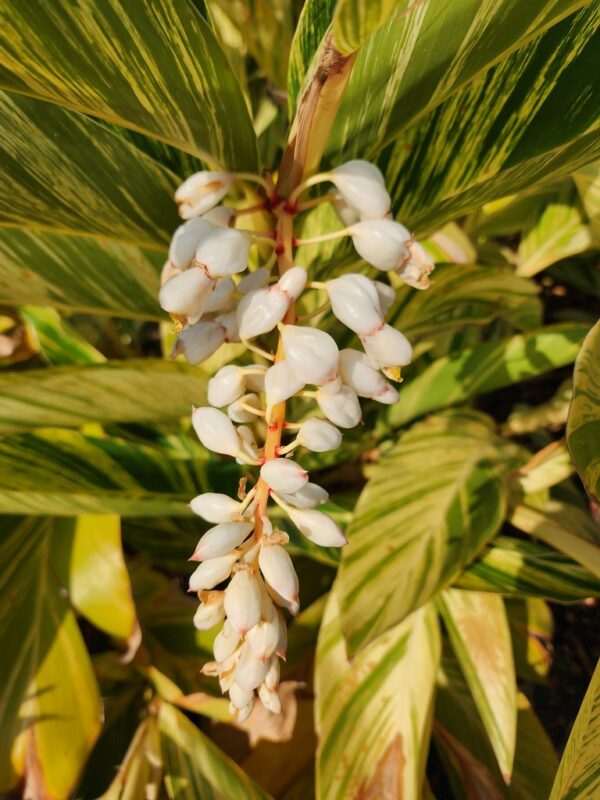
Having established ginger’s basic requirements, let’s explore the key considerations when selecting a location in your garden or home.
1. Outdoor Planting Considerations
Soil Drainage: One of the most critical factors when choosing a location to plant ginger outdoors is soil drainage. Ginger does not prosper in waterlogged conditions. Look for a well-drained area with sandy or loamy soil. If your garden soil tends to retain water, consider raising the bed or using a mound to facilitate drainage.
Microclimates: Each garden has its microclimates, which can significantly impact plant growth. Observe your garden throughout the day to identify warmer areas shielded from wind, areas that remain humid, or spots that receive filtered sunlight. These microclimates can be advantageous for growing ginger, especially in cooler climates.
Companion Planting: Consider companion planting, which involves pairing ginger with plants that have mutual benefits. For instance, ginger grows well with legumes such as peanuts and beans, which can provide nitrogen to the soil. Additionally, planting ginger alongside turmeric can help deter pests and create a vibrant, edible landscape.
2. Indoor and Container Planting
If you live in a cooler climate where outdoor planting is not feasible, indoor planting is an excellent alternative. Here are some factors to consider when planting ginger indoors:
Container Selection: Choose a container that is at least 12 inches deep and has drainage holes. Ginger grows horizontally rather than vertically, so a wide pot is preferable. Terracotta pots are great options, as they allow for better airflow and drainage.
Placement: Pick a spot in your home that offers indirect sunlight. A south- or east-facing window can provide the right amount of light without exposing the plant to direct harsh sunlight. If your home is particularly dry, consider placing a humidity tray—or a shallow dish filled with water and pebbles—beneath the pot to maintain moisture levels.
Temperature Control: Keep the indoor temperature consistent, ideally between 70°F and 85°F (21°C and 29°C). If your home experiences significant temperature fluctuations, consider using a heating mat during germination to stay within the ideal range.
3. Greenhouse Cultivation
For those with access to a greenhouse, ginger can be grown year-round. Greenhouses offer controlled environments, allowing for optimal humidity and temperature regulation.
Humidity Management: Ginger requires humidity levels of 50-70%. You can achieve this by regularly misting plants, using a humidifier, or placing trays of water around the greenhouse.
Soil Health: Ensure the soil in your greenhouse is enriched with organic matter. Adding compost or well-rotted manure can help create nutrient-rich conditions that enhance ginger growth.
Preparing the Soil for Planting Ginger

Now that you have identified a suitable location for planting ginger, the next step is soil preparation. Ginger prefers loose, rich soil for optimal growth.
1. Soil Composition
Ginger thrives in slightly acidic to neutral pH (around 6.0 to 6.5). Conducting a soil test before planting can help determine its pH level and nutrient content. You can purchase a soil testing kit at a local garden center or send a sample to a soil testing lab.
Organic Matter: Enrich the soil with organic materials such as finished compost, well-rotted manure, and peat moss. This not only improves soil fertility but also enhances its ability to retain moisture without becoming waterlogged.
Mulching: Applying a layer of organic mulch, such as straw or shredded leaves, around the ginger plants can help retain moisture, suppress weeds, and regulate soil temperature. As the mulch breaks down, it will also contribute additional nutrients to the soil.
2. Soil Drainage and Aeration
As previously mentioned, good drainage is crucial. If your soil is heavy clay or overly compacted, consider:
Adding Sand or Perlite: This can help improve drainage and ensure that ginger does not sit in waterlogged soil.
Raised Beds: If you face persistent drainage issues, consider creating raised beds, which can not only improve drainage but also make the planting process easier on your back!
Harvesting and Care Tips for Optimal Growth
Ginger is relatively low-maintenance, but there are a few key care tips to ensure your plants thrive.
1. Watering Practices
Ginger loves water, but it’s essential to strike a balance. During the active growing season (spring and summer), keep the soil consistently moist. However, avoid overwatering, as this can lead to root rot. Conduct a finger test: insert your finger into the soil an inch deep; if it feels dry, it’s time to water.
In fall and winter, ginger will enter a dormant phase. Cut back on watering during this time, allowing the soil to dry out slightly between waterings.
2. Fertilization
Ginger is a heavy feeder, so regular fertilization can significantly impact growth. Use a balanced, water-soluble fertilizer high in potassium to enhance root development. Start by applying fertilizer every four to six weeks during the growing season.
Organic Options: If you prefer organic gardening, consider using compost tea or seaweed-based fertilizers, which are rich in micronutrients and can promote healthy growth without synthetic chemicals.
3. Pest Management
While ginger generally avoids significant pest issues, some insects such as aphids and spider mites could become problematic. Regularly inspecting your plants can help catch any infestations early.
Natural Remedies: If pests are observed, you can apply insecticidal soap or a mixture of water and neem oil as a preventative measure. Encourage beneficial insects such as ladybugs, which can help control pest populations.
4. Timing of Harvest
Knowing when to harvest ginger is crucial for achieving the desired flavor and potency. Ginger generally takes about 8-10 months after planting to mature. If you’re planting ginger indoors, expect to harvest it a little earlier due to the controlled environment.
Signs that ginger is ready for harvesting include yellowing leaves, wilting plant tops, and reduced growth. Carefully dig around the ginger rhizome to harvest without damaging the roots.
If you desire baby ginger (young ginger that is milder and more succulent), you can harvest it earlier, around four to five months after planting.
Conclusion: An Abundant Future with Ginger
Ginger is a rewarding plant that can thrive both indoors and outdoors, providing you with fresh roots to enhance your culinary adventures and health. Understanding where to plant ginger encompasses many factors—from climate and location to soil composition and care practices.


